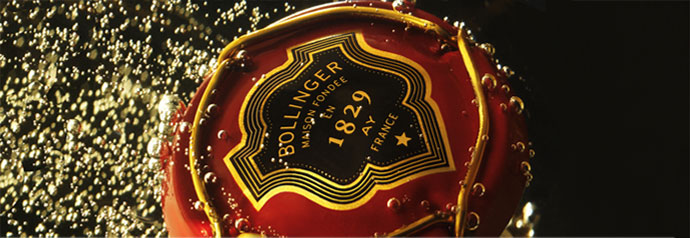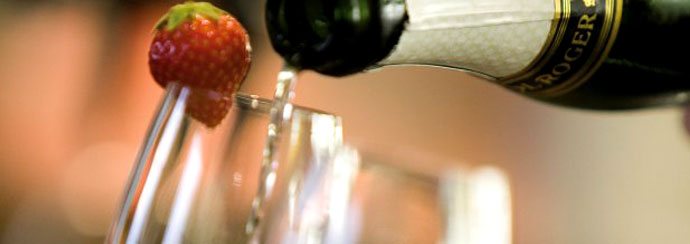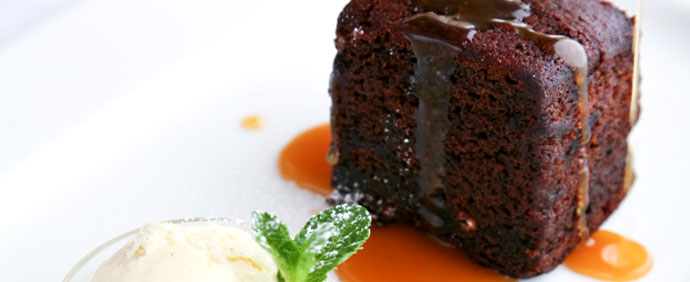Champagne Guide
- Champagne Varieties
- How to store Champagne
- How long can you keep a bottle for?
- Opening the Bottle
- Serving Recommendations
- How much to order?
- Large Bottles - Number of Glasses, Opening and Serving
- Pairing Champagne and Sparkling Wines with Food
 Every champagne house offers a range of wines. Varieties widely available in the UK include:
Every champagne house offers a range of wines. Varieties widely available in the UK include: Blanc de Blancs
Champagnes made from Chardonnay - the exclusive white grape variety of the Champagne region. Literally translated the phrase means "white of whites".
Brut
The entry level champagne is the brut non vintage which is blended from wines across several years to achieve a constant House style. This champagne is dry, meaning it has little or no residual sugar, usually between 0% and 1.5%.
Cuvee
A blend of many still (non-sparkling) wines designed to become a well-balanced champagne. Prestige cuvees are the finest champagnes that a producer makes and are made from the most subtle and distinctive wines.
Demi-Sec
A sweet champagne which usually contains between 3.3% and 5% residual sugar. Demi sec champagnes pair well with Wedding Cake or Christening Cake, as the honey-ripe tropical fruit is a match for the traditional rich fruit cake.
Rose
A champagne with a slightly pink tint that may come from the addition of a small portion of red wine to the cuvee, or from contact with grape skins (known as the saigneé method).
Vintage
Vintage champagne is made only from grapes harvested during a specific year. Producers "declare a vintage" only in exceptional years. These champagnes improve with age to develop more complex secondary aromas.
Premium vintage champagne or prestige cuvee is made using only the best grapes from top vineyards for that year and the Pinot Meunier variety is often left out. Accordingly they are more expensive than the non vintage wines.
 In terms of longer term storage, champagnes and sparkling wines may be cellared horizontally like other wines, but do not necessarily benefit from additional ageing.
In terms of longer term storage, champagnes and sparkling wines may be cellared horizontally like other wines, but do not necessarily benefit from additional ageing. Champagne should be kept in a cool, dark and dry place, away from heat, light, vibrations and severe temperature variations. Horizontal resting benefits sparkle conservation.
Like all wines, champagnes are particularly sensitive to abrupt changes in temperature and exposure to light.
It is not recommended to store champagne in a refrigerator for more than a few months. The air in a refrigerator is too dry, and the bottle will also be exposed to vibrations as well as the internal light at frequent intervals.
Keeping a bottle in the fridge for a few days or even weeks will however not affect the quality of the wine.
Because of strict ageing requirements, champagnes are ready to drink when they are released to the market. Classic non-vintage champagnes are generally aged in cellars for 2 to 3 years, and vintage champagnes for 4 to 5 years.
In practice you can keep unopened non vintage champagnes 3 to 4 years from purchase, and vintage cuvees 5 to 10 years from vintage release, in a cool dry place.
Once opened, champagne and sparkling wines may be stored for a few days in a refrigerator using a Champagne Stopper. This helps to keep the wine from oxidizing too rapidly.
Keep in mind that, like other wines, champagnes change as they age. These changes will become more pronounced after 5 years. As champagnes evolve, the fruit aromas of a younger wine will evolve into dried fruit, honey, nutty and toasty flavours. Champagnes also take on a deeper-golden colour as they age and tend to lose some of their effervescence. Although many consumers prefer fresher, younger champagnes, some people appreciate the characteristics of older champagnes as well, especially with a meal.
 There is around 80 pounds-per-square-inch of pressure behind the cork, so carefully remove the foil covering. Slant the bottle at a 45-degree angle away from guests. Keep your thumb on the cork as you twist the cork and loosen the wire muzzle. Grasp the cork firmly, twist the bottle slowly and let the pressure help ease the cork out.
There is around 80 pounds-per-square-inch of pressure behind the cork, so carefully remove the foil covering. Slant the bottle at a 45-degree angle away from guests. Keep your thumb on the cork as you twist the cork and loosen the wire muzzle. Grasp the cork firmly, twist the bottle slowly and let the pressure help ease the cork out. Once the cork sighs open you are ready to pour. Have a glass handy to take the first frothy stream and if the wine is extra lively pat the top of the bottle - the oiliness of your hand will subdue the foam.
If the cork refuses to budge run warm water on the neck of the bottle for a few seconds (hand on cork so that it does not fly out).
 Serve champagne cool but not iced. Ideal temperature is 6 - 8°C. Avoid storing in fridge for a long time as this would "kill" the wine.
Serve champagne cool but not iced. Ideal temperature is 6 - 8°C. Avoid storing in fridge for a long time as this would "kill" the wine. The best way to chill champagne is by placing the bottle in an Ice Bucket filled with ice and water for 30 to 40 minutes.
Champagne should be served in long-stemmed flutes or tulip shaped glasses. These are designed to enhance the flow of bubbles to the crown and allow the full aroma to concentrate near the surface.
If serving champagne with food, especially a vintage or prestige cuvee, the temperature should be closer to 10°C. Tiny bubbles will rise in a continuous stream.
When serving, pour a small quantity of wine into each glass and allow it to settle. Then fill each glass two-thirds full.
For a champagne aperitif at cocktail hour, allow one bottle for every three to four guests.
When serving champagne at a meal, count on one bottle for every two to three people. For the traditional champagne toast at a wedding reception, one bottle can serve between 6 and 8 people.

 If you are planning on serving champagne from an oversized bottle, here's how many glasses each bottle should generally serve:
If you are planning on serving champagne from an oversized bottle, here's how many glasses each bottle should generally serve: 
The Champagne bottle should be held with the whole hand as with other wines. It should never be taken by the neck, which is both awkward and unaesthetic.
Magnums and other large bottles are too wide to be held around the body. They should be served by holding them with one hand at the bottom, the thumb in the punt, the other fingers spread out under the base of the bottle and the other hand supporting the bottleneck. This process is also sometimes used in the Champagne region for serving a normal sized bottle.
 Champagnes and many sparkling wines tend to pair well with a variety of appetizers, both mild and strong cheeses and hold up particularly well with spicy Asian cuisine.
Champagnes and many sparkling wines tend to pair well with a variety of appetizers, both mild and strong cheeses and hold up particularly well with spicy Asian cuisine. Fish & Chips, pizzas (light on tomato sauce), nuts and Mexican food all pair surprisingly well with champagne due to the salt factor. Sparkling wine is generally more versatile than still wines for pairing with food, making it an ideal celebratory drink that may accommodate occasions ranging from New Years Parties to Wedding Receptions.
Champagne Pairings
Blanc de Blanc tends to go well with oysters, crustaceans and gently flavoured white fish. A little age adds depth and so can cope with cream and spice-perfumed dishes.
Non Vintage champagnes especially young and fruity versions are recommended with cheeses such as Beaufort, Gruyere, and Emmental. Older non vintage champagnes can cope with dishes with darker, nuttier flavours. Oscietra caviar is suggested.
Demi-Sec champagne goes superbly with savoury dishes including foie gras. If there is an edge of sweetness to the food (caramelisation, a fruit ingredient or sugar, like many classic Thai recipes) then this style can provide a better match than dry champagne. Dessert dishes pair well but only if they are not too sweet.
Rose pairs well with red berry based sweet dishes which are rich in fruit. Prawns, lobster and other seafood also works well.
Vintage champagnes with bottle age are great with black truffle-scented foods and with cheeses such as Parmesan and lightly smoked foods. Younger vintage champagnes can provide a foil for a wide variety of dishes ranging from fish with rich sauces to poultry (especially duck), light meats (veal and pork) and many cheeses (Chaource and Lancashire). Japanese dishes are also a good pairing.
Aged vintage rose champagnes have a rich, savoury character that can pair with meat dishes, and the power to stand up to high levels of herbs and spices specifically basil, mint and coriander as well as Japanese dishes.

